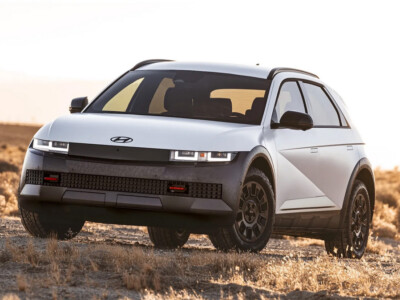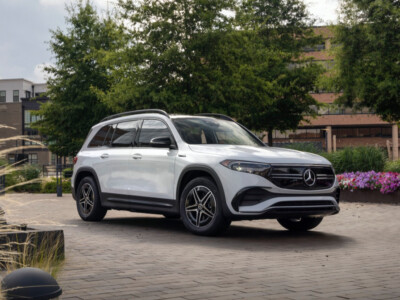
Skoda Unveils New Plug-In Hybrid Powertrain for the 2025 Superb Hatchback: A Step Toward a Greener Future
The Czech automaker Skoda, long recognized for producing practical, affordable vehicles, is now raising the bar with a significant move into the plug-in hybrid market. As part of its transition toward more sustainable mobility solutions, the company has introduced an all-new powertrain for one of its most well-known mid-range hatchback models, the Skoda Superb. This latest iteration of the Superb comes equipped with a state-of-the-art plug-in hybrid system boasting a remarkable all-electric range of over 120 kilometers (WLTP). In this article, we explore the key features of this new drivetrain, analyze its potential impact on the industry, and consider what it represents for the future of sustainable transportation.
A New Plug-In Hybrid Drivetrain
The newly introduced drivetrain combines a 1.5-liter TSI petrol engine with an electric motor, delivering a total system output of 204 horsepower. This configuration provides an attractive option for environmentally conscious drivers who still expect a high level of performance and refinement from their vehicles.
Positioned as a refined yet practical eco-friendly solution, the new Skoda Superb plug-in hybrid embodies a forward-thinking approach to automotive design. With the increasing demand for low-emission vehicles, this model is well-placed to meet the needs of a growing segment of the market.
Engineering Beneath the Surface
At the heart of this powertrain is a 25.7 kWh battery pack, strategically located beneath the rear seats. This placement helps lower the vehicle’s center of gravity, which in turn improves handling and driving dynamics. The electric motor is integrated within the transmission system and is separated from the combustion engine by a clutch, allowing for seamless transitions between electric and hybrid modes.
On its own, the electric motor is capable of producing 115.5 horsepower and 330 Nm of torque—more than enough for everyday driving needs. It also functions as a starter motor and replaces the conventional alternator, contributing to improved vehicle efficiency and reducing complexity.
Outstanding Electric Range
With a certified electric-only driving range of up to 120 kilometers (WLTP), the 2025 Skoda Superb Hatchback PHEV is poised to significantly reduce fuel consumption and greenhouse gas emissions for urban and suburban drivers. This level of electric range means that many users could complete their daily commutes without ever needing to engage the petrol engine, supporting the broader goals of reducing dependence on fossil fuels and mitigating environmental impact.
Fast Charging and Regenerative Braking
In addition to its impressive range, the vehicle features fast-charging capabilities of up to 50 kW. Charging the battery from 10% to 80% can be completed in just 26 minutes, ensuring minimal downtime and making the vehicle ideal for both daily use and longer journeys.
The Superb PHEV also incorporates regenerative braking, a system designed to recover kinetic energy during deceleration and redirect it to recharge the battery. This not only increases overall energy efficiency but also enhances the driving experience by reducing reliance on traditional braking systems and contributing to smoother performance.
A Glimpse Into the Automotive Future
The introduction of this advanced hybrid powertrain signals Skoda’s intent to play a prominent role in the evolving automotive landscape. It aligns with broader industry trends that reflect both consumer demand for cleaner vehicles and increasing regulatory pressure to curb emissions. The Superb Hatchback PHEV is not just a new model—it’s a statement about Skoda’s commitment to sustainability and innovation.
Manufacturers like Toyota, Ford, BMW, and Volkswagen have already invested heavily in electrified platforms. Skoda’s entrance into this space underscores the growing consensus across the industry that hybrid and electric vehicles represent the future of personal transportation.
As government policies continue to evolve in response to climate change, we can expect stricter emissions regulations and growing incentives for low-emission vehicle adoption. The Skoda Superb PHEV—and similar plug-in hybrid offerings—will be essential in bridging the gap between traditional internal combustion engines and fully electric vehicles.
Conclusion
With the launch of its new-generation plug-in hybrid powertrain, Skoda has added a compelling new chapter to the Superb lineup. This innovation not only expands the brand’s portfolio but also reinforces its environmental values at a critical time for the industry.
Looking ahead, the demand for sustainable vehicles is poised to grow exponentially. Automakers like Skoda that embrace this change and develop viable green alternatives will help shape the future of mobility. Whether the new Superb will achieve the same level of success as its predecessors remains to be seen—but one thing is certain: the automotive industry is headed toward a cleaner, smarter, and more hopeful future than ever before.







